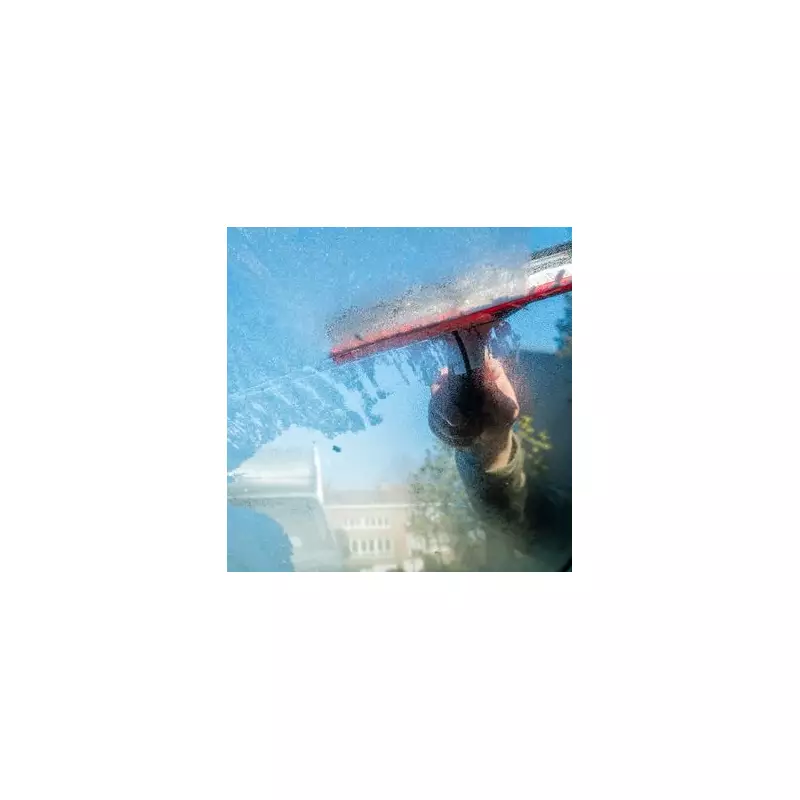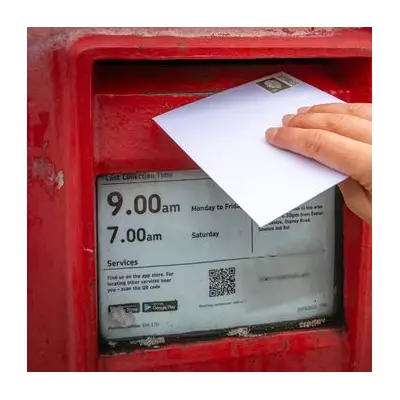
The Automobile Association (AA) has dropped a bombshell revelation that contradicts decades of conventional wisdom about refuelling your vehicle. According to their latest research, a widespread practice among British drivers could be putting their engines at serious risk.
The Dangerous 'Empty Tank' Habit
Most drivers believe they're doing the right thing by running their fuel tank nearly empty before refilling. However, the AA warns that this common approach is actually causing silent damage to modern engines.
"We're seeing an increasing number of breakdowns related to fuel system issues," explains an AA spokesperson. "Many of these problems stem from drivers consistently running their tanks too low."
Why Running on Empty Damages Your Car
Modern vehicles are equipped with sophisticated fuel systems that rely on adequate fuel levels for proper operation and cooling. When you consistently drive with minimal fuel:
- Fuel pump overheating occurs as it loses its cooling properties
- Sediment and debris from the bottom of the tank get drawn into the system
- Increased condensation can lead to water contamination in your fuel
- Premature wear on expensive fuel system components
The AA's Golden Refuelling Rule
Instead of waiting for the fuel warning light, the AA recommends a simple but crucial change in refuelling behaviour. Drivers should aim to refill their tanks when they reach the quarter-full mark rather than running them nearly dry.
"This simple habit change can prevent costly repairs ranging from £500 to over £2,000 for fuel system replacements," the AA advises.
Special Warning for Diesel Drivers
The alert carries particular significance for diesel vehicle owners. Modern diesel systems with high-pressure pumps are especially vulnerable to damage from low fuel levels and contamination.
With repair costs for diesel fuel systems often exceeding four figures, this preventative advice could save British drivers significant money and inconvenience.
The AA's message is clear: breaking the old habit of running on empty could be the smartest driving decision you make this year.





